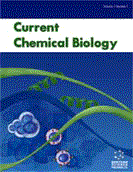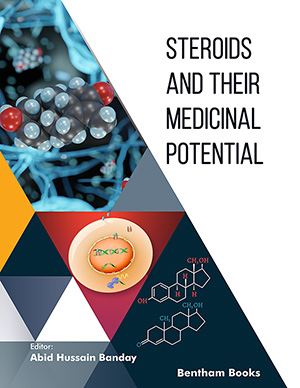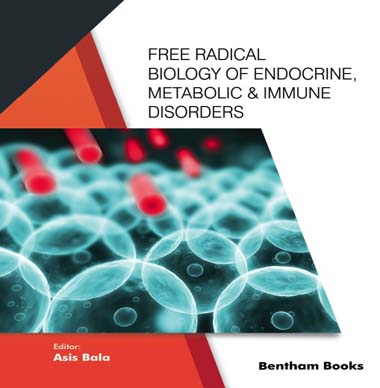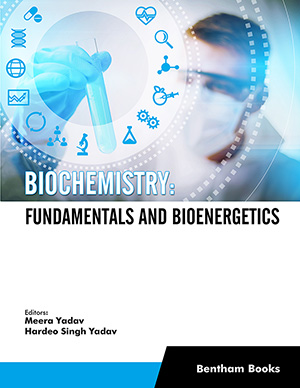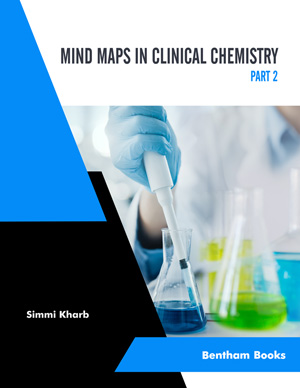Abstract
Bioconversion of glycyrrhizin (GL) to glycyrrhetinic acid (GA) and 3-oxo-GA by A. niger NRRL 595 was compared using free and immobilized fungus cells and spores. Two immobilization techniques were adopted; namely the entrapment of the fungus cells and spores in calcium alginate beads, as well as their adsorption on glass wool. The bioconversion efficiencies of the immobilized fungus cells and spores were less than those obtained with the free cells. On the other hand, re-utilization of fungal cells and spores adsorbed on glass wool appeared to be the most successful treatment, especially the immobilized spores as their productivity increased gradually and reached 93% at the third run. This yield was of higher magnitude than that obtained by the free cells (86.78 %), and also they maintained about 50 % of their productivity during 28 days (i.e., 7 successive cycles). These results can be considered to be the first report describing the possibility of using the immobilized microbial cells and spores in the bioconversion of GL.
Keywords: A. niger NRRL 595, biotransformation, glycyrrhizin, immobilization.


